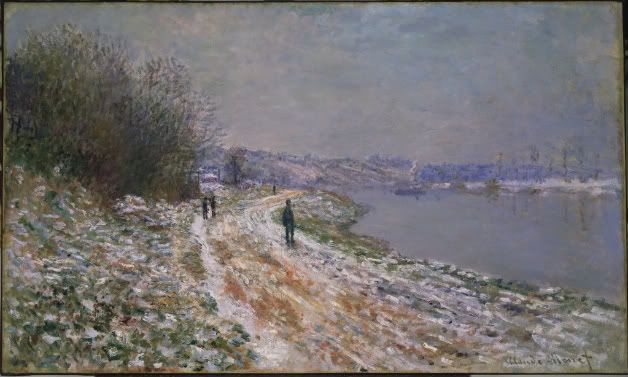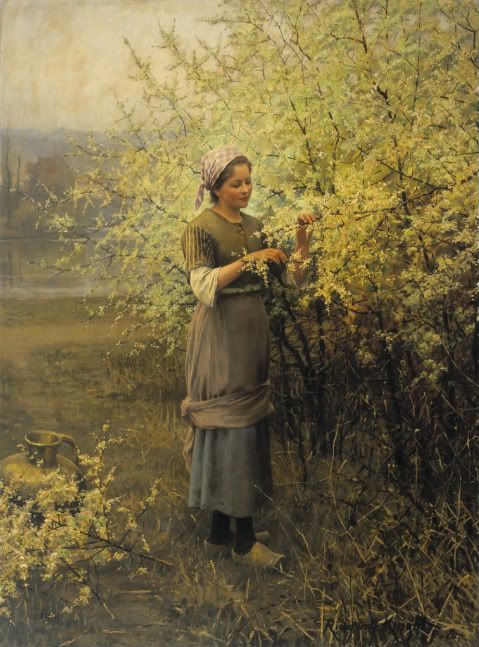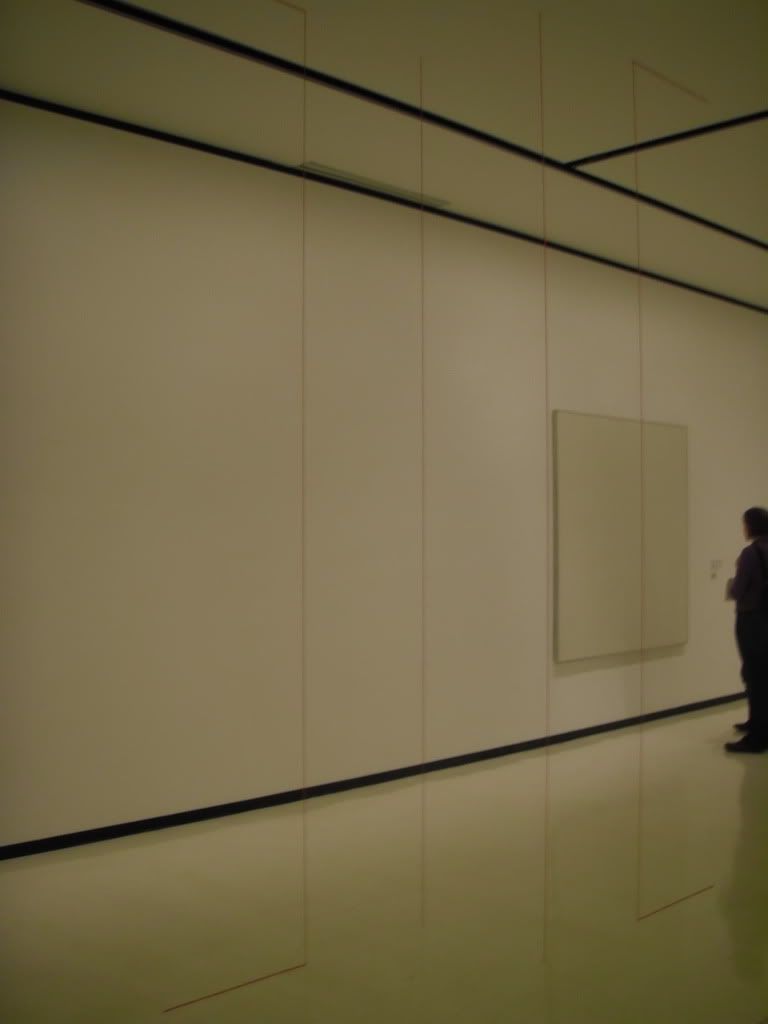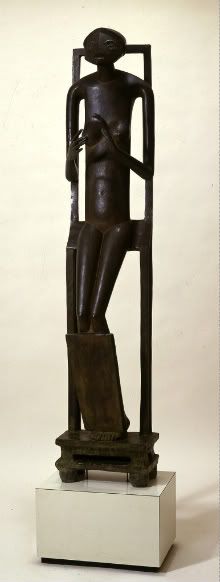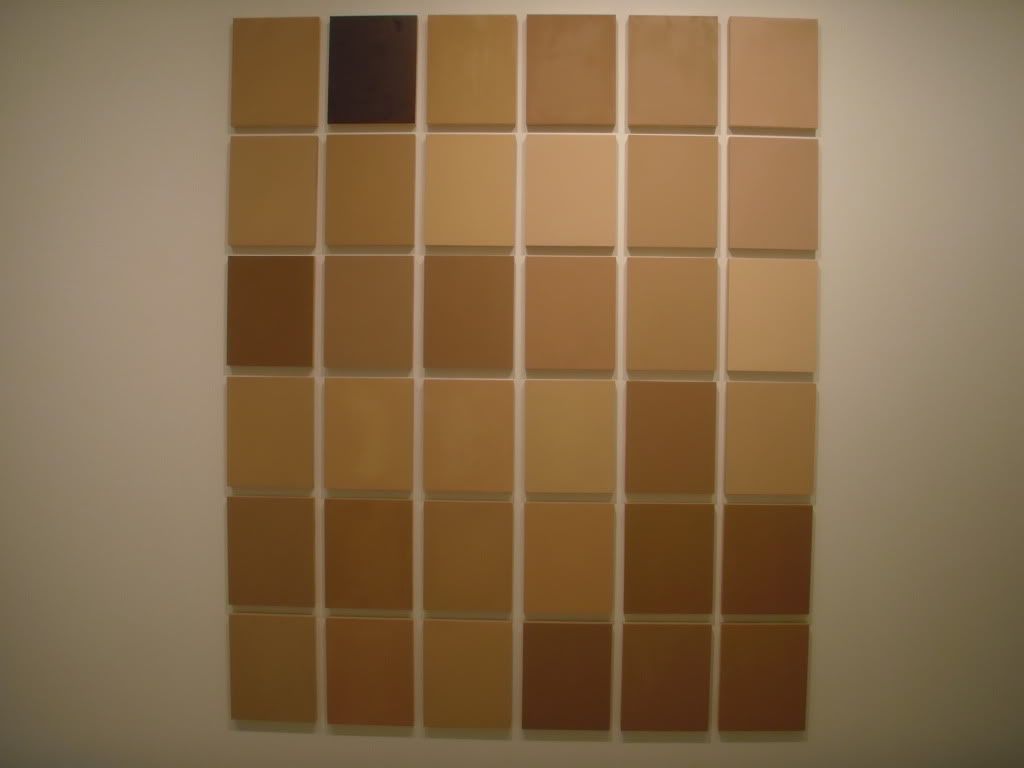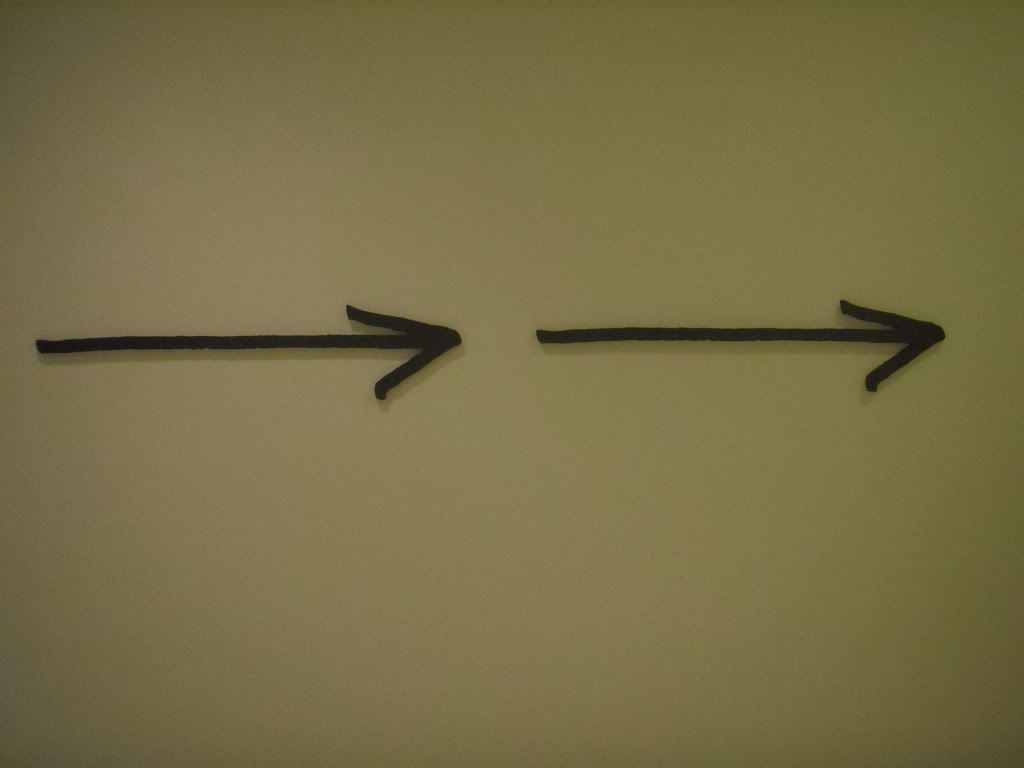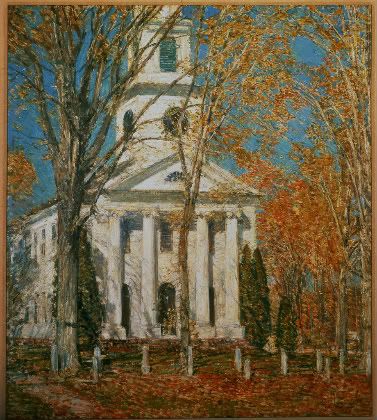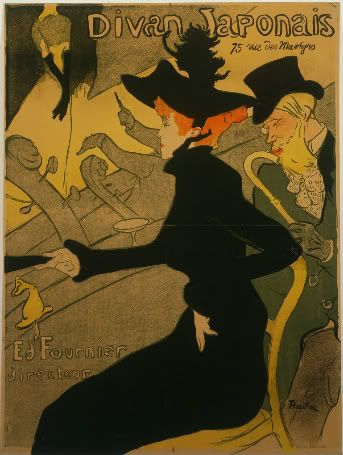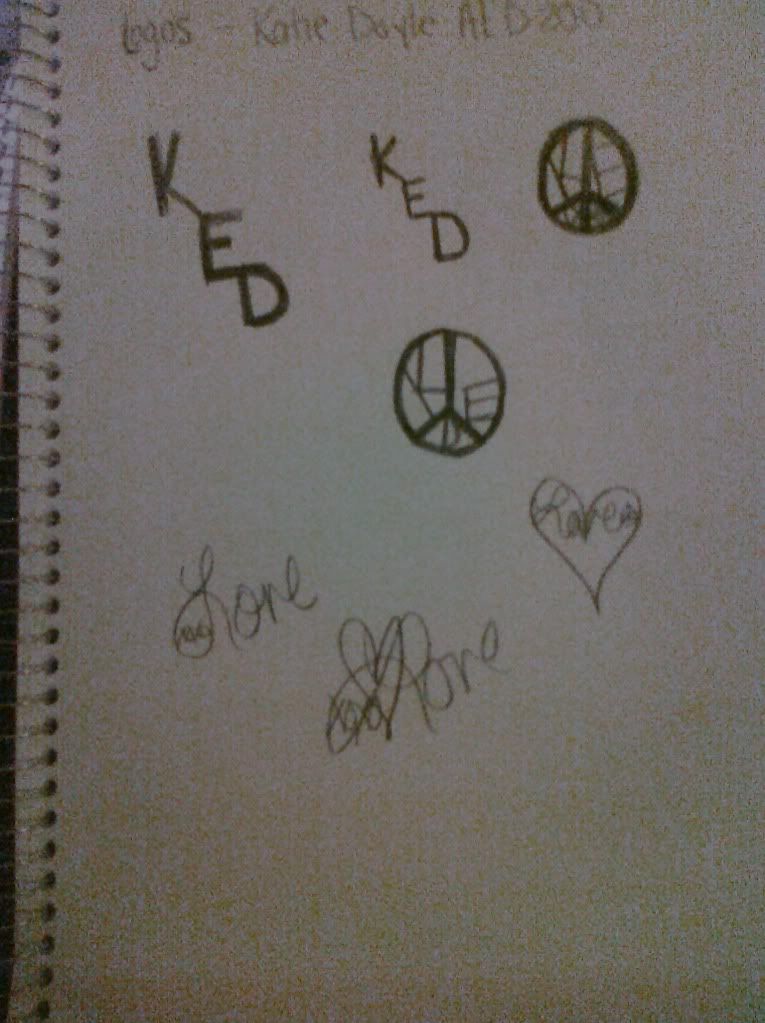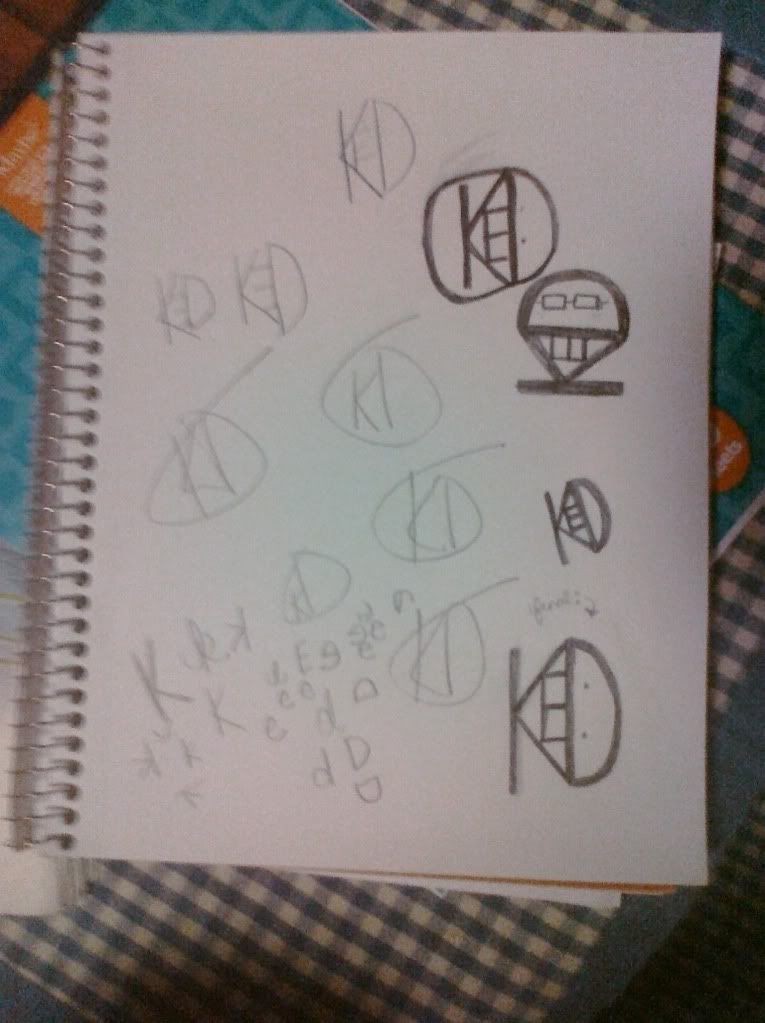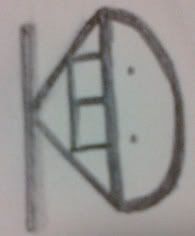1) Which artworks make an impact or impression on you? List 3 different artworks.
Tow-Path to Argenteuil
Claude Monet
ca. 1875
Oil on canvas
Tow-Path to Argenteuil by Claude Monet made an impact on because it reminds me of home. The snowy scene in this painting reminds me of North Tonawanda near the canal. I like the technique that Monet used to paint the winding path that leads your eye from the bottom right of the work to the middle and background.
Springtime
Daniel Ridgway Knight
ca. 1890
Oil on canvas
Springtime made an impression on me because of the fact it is such an incredible work of art. The face of the girl in this painting looks like a photograph instead of made with oil paints. There is such an immense amount of detail in this work, from the shadowing of the creases in the girl's clothes to colors of the ground.
Untitled (Sculptural Study, Four Part Vertical Construction)
Fred Sandback
ca. 1982/2004
Acrylic Yarn
This piece made an impression on me because I don't find it worthy of it being labeled 'art'. All this work is, is four pieces of red yarn stretching from floor to ceiling. However, this work also stood out to me for a very obvious reason; it was in the middle of the room; it broke the boundaries of a picture frame.
2) Which artworks do I feel like I have a connection with and why? List 3 different artworks.
Invisible Object (Hands Holding the Void)
Alberto Giacometti
1934
Bronze
I feel like I have a connection with this sculpture because of the fact that human beings are never truly satisfied with what they have. There's always a want, or a desire, that keeps them feeling just a little bit empty. The emptiness in this sculpture is displayed by the subject's empty hands, indicating that there is a void in their life that they wish to fill.
The Marvelous Sauce
Jehan Georges Vibert
ca. 1890
Oil on wood panel
I have a connection with this painting for the mere fact I love to cook and bake, so obviously I was drawn to this picture. I enjoy that the two people are emphasized by the color of the clothes they are wearing in the rather dreary colored kitchen.
Commission for Synecdoche
Byron Kim
2008
Oil & wax on wood
When I first saw this work, I immediately made the connection that each individual square represented some sort of skin tone. I put my arm up and compared my skin to each, trying to figure out which one mine was closest too. Because of my reaction, I feel like I have a connection with it because it represents every type of person, including me.
3) Which artworks would I like to know more about and why? List 3 artworks.
Nine Arrows Leading You Around the Space
Micah Lexier
2010
Waterjet-cut aluminum with enamel paint
This is a picture of just two of the nine arrows, which actually do lead you completely around the first floor and even direct you toward the stairs that head to the second floor. I would like to know what inspired Lexier to make these arrows, why there are only nine and not ten, and where he is from. Each arrow has text that is imprinted onto it, and one of them reads "This is an arrow pointing at something I remember seeing on an earlier visit." This must mean he has been to the Albright-Knox before.
Church at Old Lyme, Connecticut
Fredrich Childe Hassam
1905
Oil on canvas
What I would like to know more about this piece is what technique Hassam used to create such vivid colors and the leaves on the fall trees. This piece is beautiful, despite the fact that it's merely a painting of a church. The scenery is beautiful and I understand why Hassam felt the need to paint such a work.
Divan Japonais (Japanese Sofa)
Henri de Toulouse-Lautrec
1893
Color lithograph paper
This piece intrigues me because it doesn't really resemble real life in the least. What I want to know more about this piece is what inspired the artist to make it, what it should be interpreted as, and how lithograph paper is used to make art.



